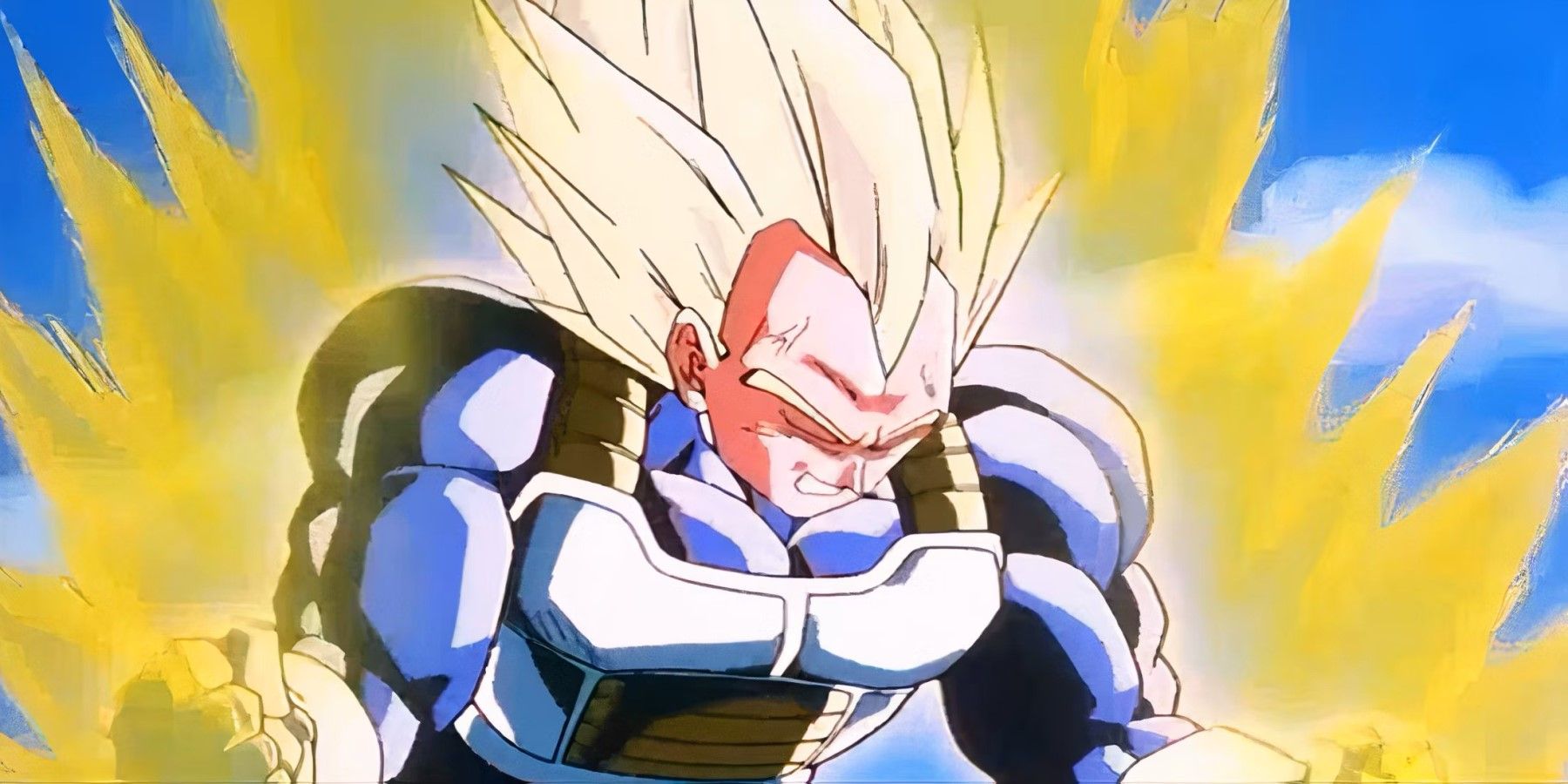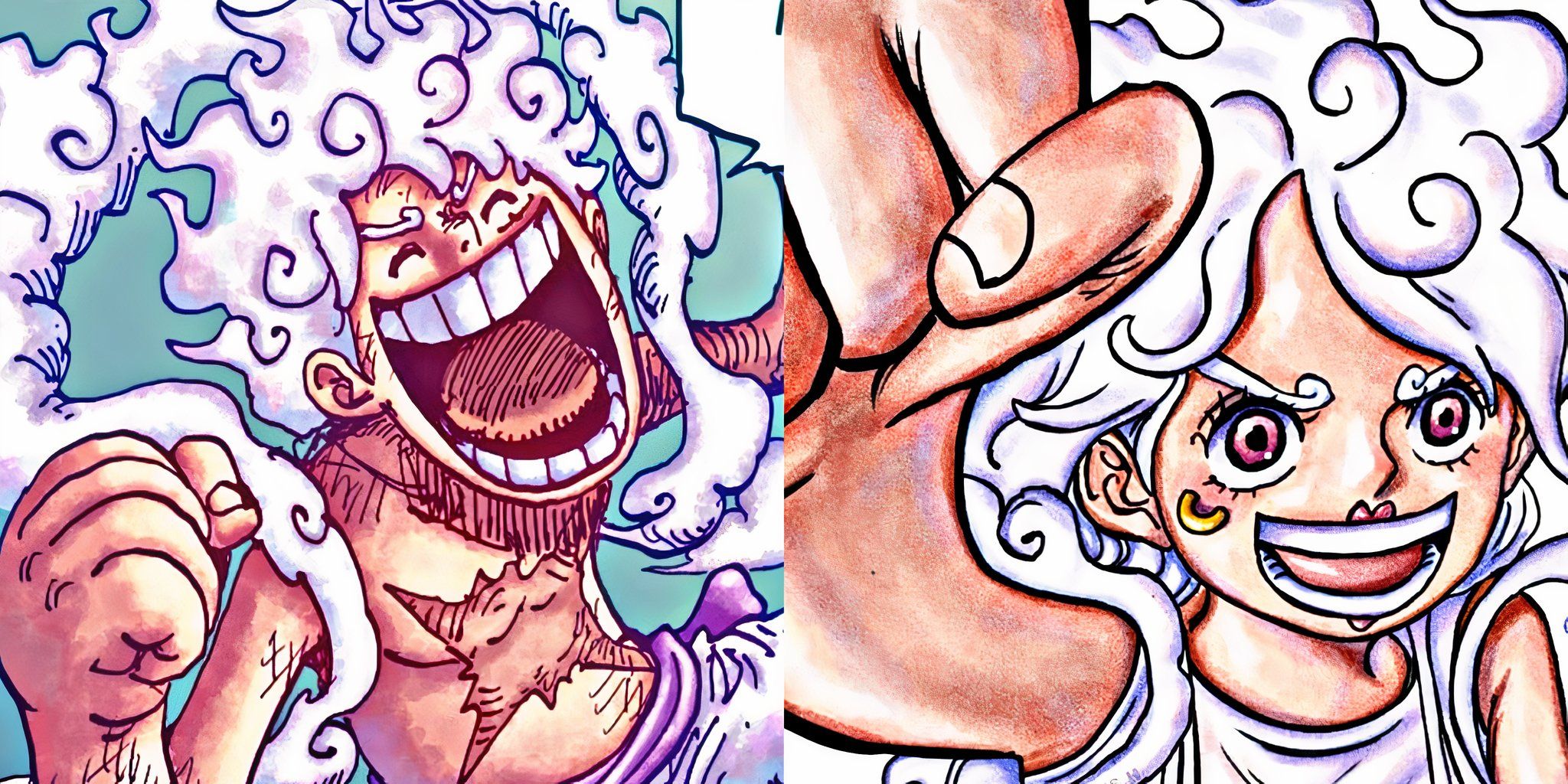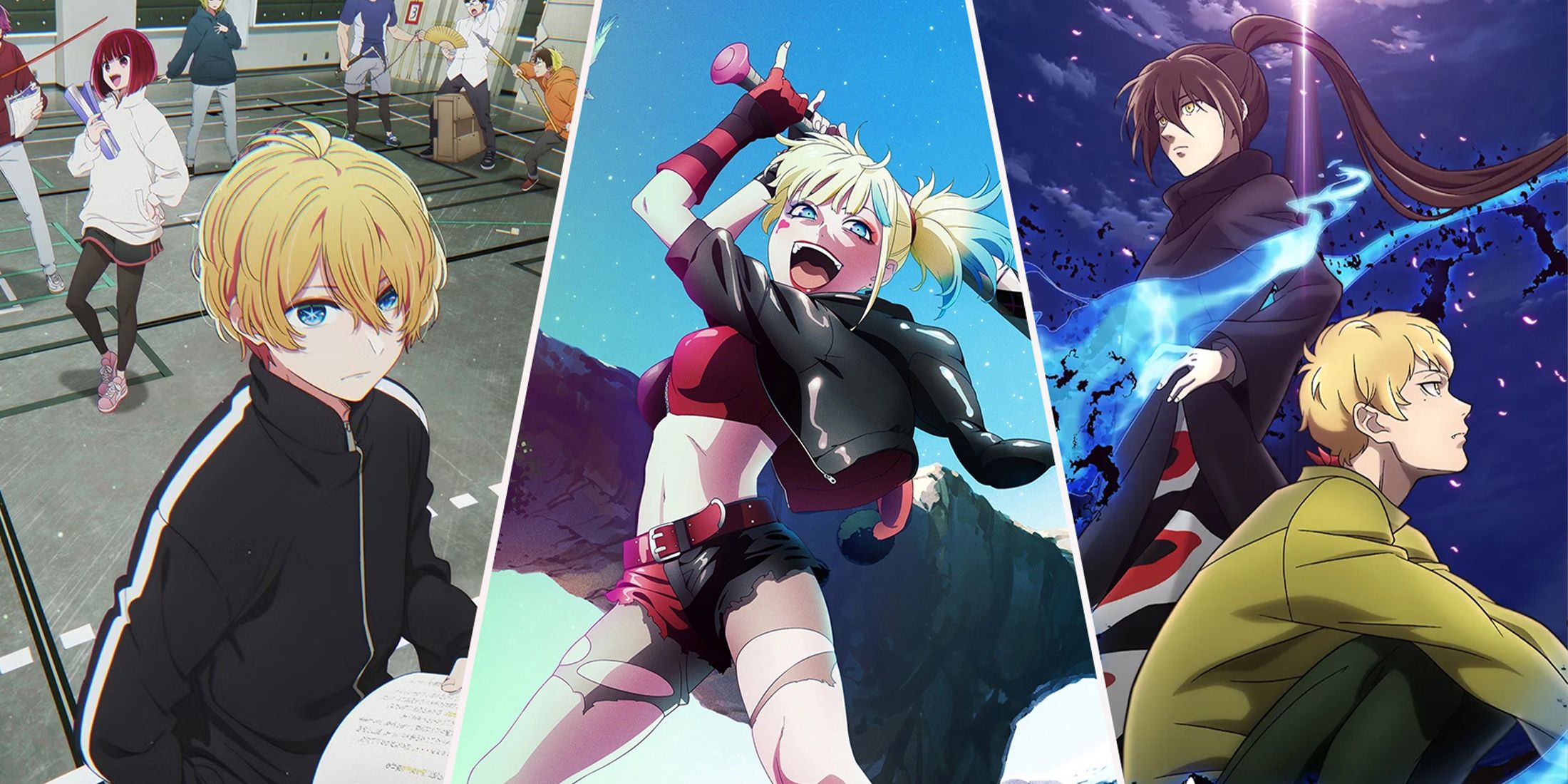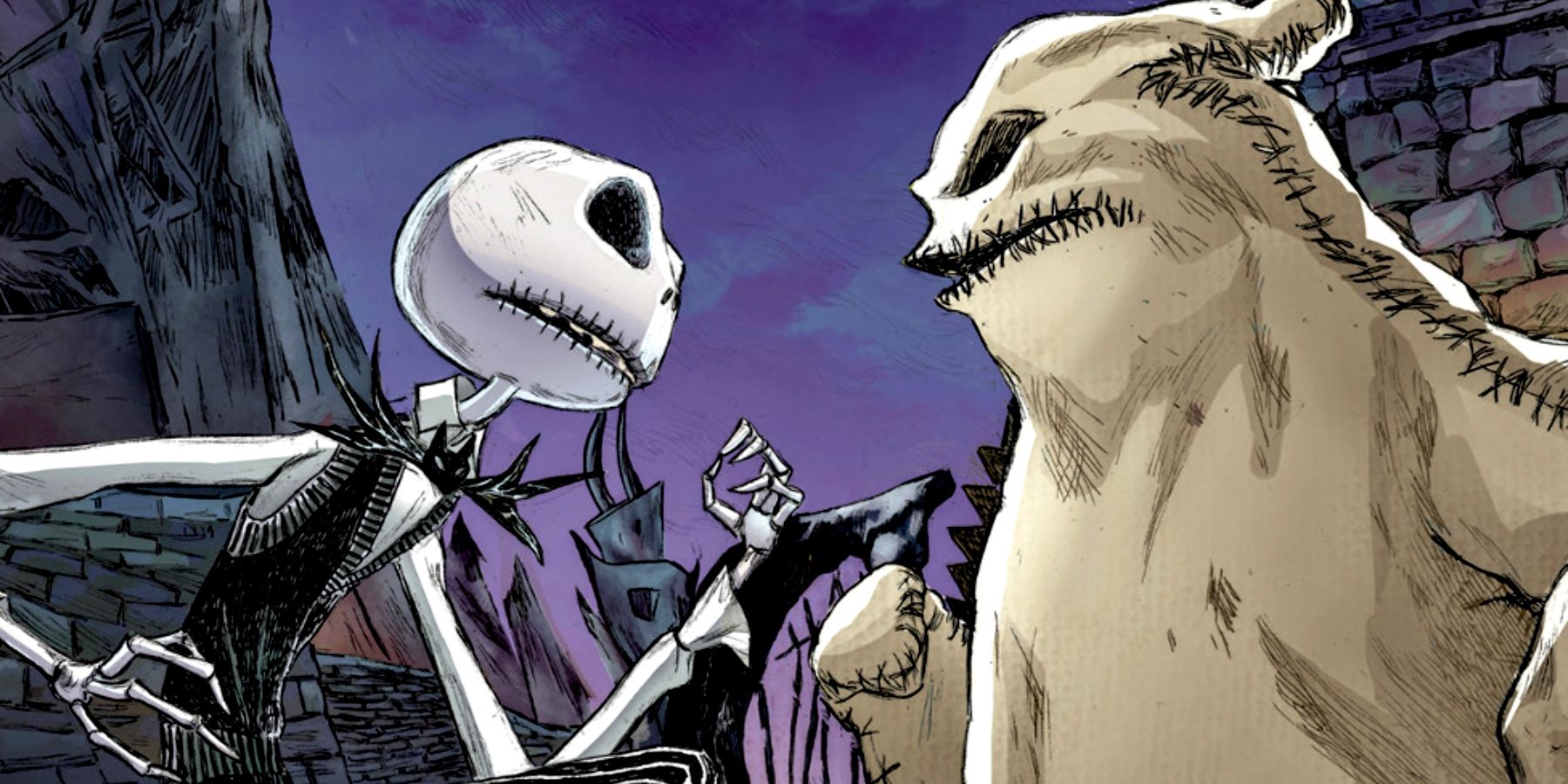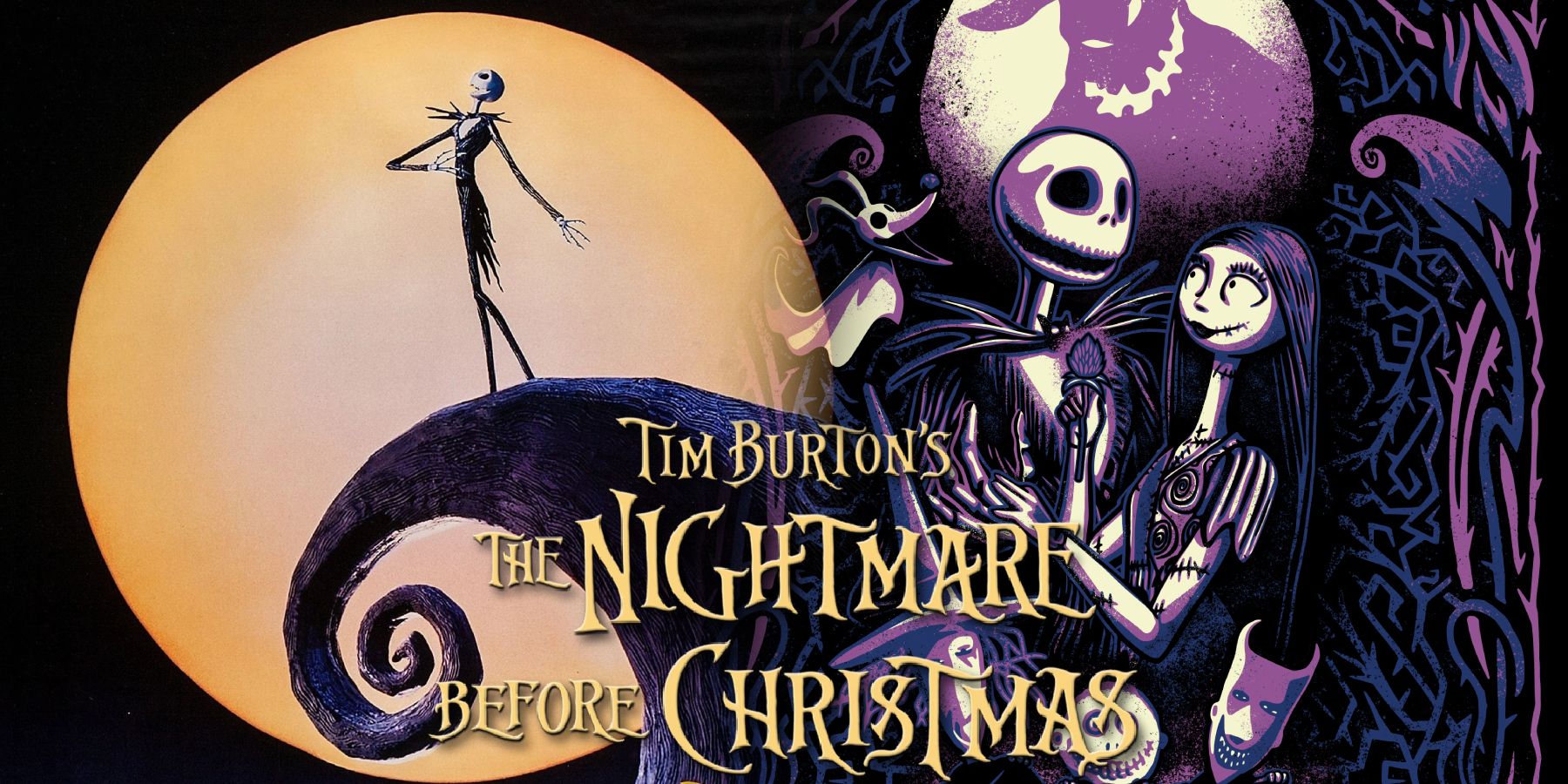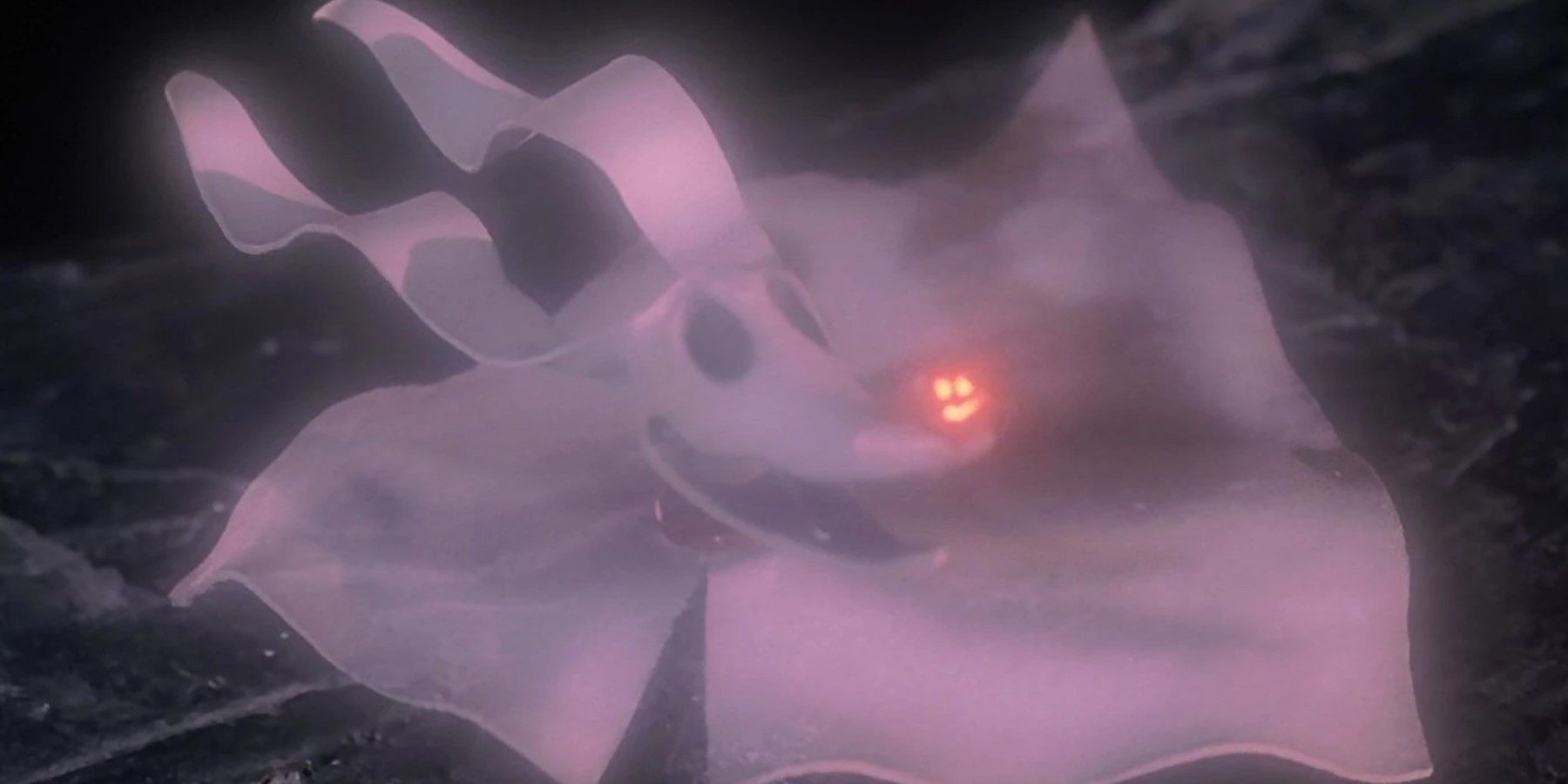Highlights
- The Nightmare Before Christmas was initially not embraced by Disney, who found the film too strange and potentially scary for children.
- Japan immediately embraced the film, with merchandise and sequels in the form of manga being released, keeping interest in the movie alive.
- Over time, the film gained a cult following in America, leading to its eventual recognition as a true Disney film.
When it comes to holiday classics, one that has been embraced by not one, but TWO holidays is Tim Burton's The Nightmare Before Christmas. Every Halloween, Jack and his friends take over theme parks and shopping malls, and they stick around until Christmas is over.
The film is so successful it even receives annual theatrical re-releases (the most recent being for the 30th anniversary). While the film is embraced today, there was a time when it was not the beloved classic it was. In fact, Disney as a company was embarrassed by the film, and the only thing keeping it alive was a small but strong following in Japan.
What is The Nightmare Before Christmas?
The Nightmare Before Christmas is an animated musical film that was released in 1993 that was directed by Henry Selick (Coraline, James & the Giant Peach). It is known for its unique blend of dark and whimsical themes and has become a beloved classic, especially during the Halloween and Christmas seasons. The story is set in the fictional Halloween Town and follows the character Jack Skellington, the Pumpkin King and master of Halloween. Jack becomes tired of the same old routine of scaring people year after year and stumbles upon a magical doorway to Christmas Town. Intrigued by the idea of Christmas, Jack decides to take over the role of Santa Claus and bring Christmas to Halloween Town. However, his well-intentioned efforts lead to chaos and confusion.
Originally meant to be produced as a special for TV, Disney decided to turn it into a feature film and gave producer Tim Burton unparalleled creative freedom on the project. Originally intended to be one of the core Walt Disney Feature Animation films (the first previews hinted as much), the movie would have an unusual release history that would keep it an oddity for many years. So what went wrong?
Why Disney Hated the Project
Despite originally embracing the film, as production went on, executives noted how strange the movie was. The characters were not cute and cuddly, and the movie would certainly not get a G rating (they were right on this; the movie received a PG rating, unusual for animated films at the time). The more Burton rejected the studios' requests to make the film cuter and more family friendly, the more they were concerned about getting complaints from parents that the film was too scary for their kids. In the end, while they didn't cancel the film, they did release it under the Touchstone Pictures banner instead.
Upon release, the movie made a small profit, got rave critical reviews, and received a surprise nomination for Best Visual Effects from the Academy Awards (the only animated film to do so until Kubo and the Two Strings was released). Otherwise, though, the success was small and mute, and the film was shuffled off to VHS several months later with little fanfare. There was no merchandise, no character meet-and-greets at the park, and when it aired on TV it was aired on rival network NBC. Americans just didn't seem to care. Overseas was a different story though.
The Movie Finds New Life in Japan
While The Nightmare Before Christmas may not have been embraced by American audiences upon its initial release (no thanks to Disney), one country that embraced the film from the get-go was Japan. While Japan may be a polite society, weird and unusual stuff is consumed by the people all the time. If you don't believe us, think about some of the classic anime that come from Japan - One Piece, Death Note, Food Wars, etc - and you start to realize just how weird and "out there" many of these concepts are.
What's more, Japan has never been afraid of animation that is dark and adult in nature. While Disney may have considered The Nightmare Before Christmas to be too scary for kids, in Japan it was immediately embraced as a fun family film. Almost immediately afterward, merchandise for the film began popping up in stores (it would take America many years later for the movie to become merchandise-friendly). Since there was merchandise to be made, sequel manga were comissioned to expand on the world Tim Burton had created.
In America, Burton is famously protective of his characters, yet additional stories did pop up in manga form in Japan. Whether this is because Burton didn't care about what was going on in Japan or was unaware, we can't really say, but what we can say is that many of these sequels sold very well for years. It kept interest in the merchandise alive. Soon, video games were being produced and Jack and Sally were featured heavily in Squaresoft's Kingdom Hearts games.
During all the years that Japan was pumping out more The Nightmare Before Christmas manga and merchandise, the film started to gain a cult following in America thanks to VHS sales and TV airings. At one point, Disney decided to re-theme their famous Haunted Mansion ride into a Nightmare-themed mansion, which raised the profile even more. During the first 3D re-release of the film, Disney finally put their company name on the movie and dropped the Touchstone Pictures banner, finally welcoming their unique masterpiece home as a true Disney film.
These days, Nightmare merchandise is widely available in Disney parks and specialty stores in malls all over the country. What's more, many of those manga series that were so instrumental in keeping the property alive have been brought over to America courtesy of Tokyopop, so fans have easy access to them. While the movie may have eventually been embraced by Disney in America, it's nice to know our friends in Japan were keeping interest in the world alive for years before that.

